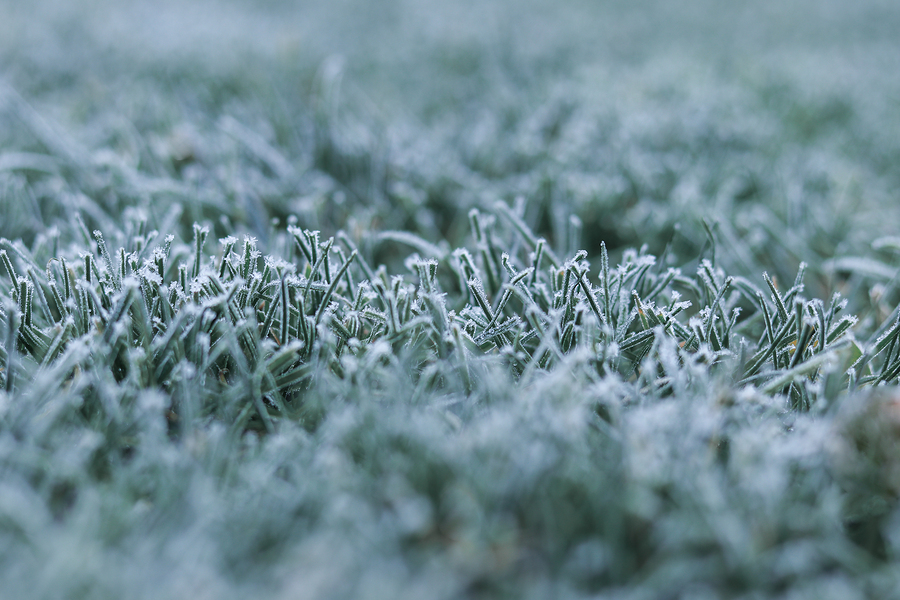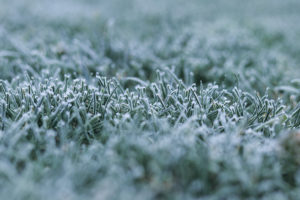
01 Feb Winter Kill is Coming – Courtesy of the Polar Vortex
 Temperatures this week have been a bit… extreme in the Northern US, in case you haven’t noticed. There are endless news reports about the impact these temps are having on people, travel, and every other thing, but I can’t help but think to Spring and what this dramatic cold snap will do to my clients’ courses across the Northeast. While cold weather can do some good, like killing off all the crabgrass, Winter Kill can cause major headaches for turf managers. I thought I’d talk a bit about what it is, how to help prevent it (not this year!), and how to recover from it.
Temperatures this week have been a bit… extreme in the Northern US, in case you haven’t noticed. There are endless news reports about the impact these temps are having on people, travel, and every other thing, but I can’t help but think to Spring and what this dramatic cold snap will do to my clients’ courses across the Northeast. While cold weather can do some good, like killing off all the crabgrass, Winter Kill can cause major headaches for turf managers. I thought I’d talk a bit about what it is, how to help prevent it (not this year!), and how to recover from it.
What is Winter Kill?
Simply put, Winter Kill is injury or death of plant life as a result of cold, Winter weather. But, it’s more complex than that as there are variations in how the cold impacts your turfgrass and how to address it come Spring. It occurs through a variety of mechanisms such as ice suffocation, crown hydration, low-temperature injury and desiccation. Plants acclimatize slowly to temperature fluctuations, so when we experience dramatic and prolonged drops, as we have this past week, the plants don’t have time to adjust. Different turf will react differently as well, as some have more tolerance to cold injury, for example creeping bentgrass is much less susceptible to winter injury than other varieties.
Preventing Winter Kill
For the 2019 season, it’s too late for prevention obviously. But, I’m guessing a lot of you will see the fall out of Winter Kill and want to do as much to prevent it in 2020. Frankly, with the increasing trend towards extreme temperature and weather events, these may very well become regular annual maintenance. Common strategies to prevent Winter Kill in northern climates include converting to cold-tolerant turf varieties, implementing proper fall fertilization, raising mowing heights during fall, reducing shade, improving drainage and covering putting greens during winter. There have also been real strides in developing cold-hardy bermudagrasses.
Recovering from Winter Kill
The tricky part about Winter Kill is you can’t really know how serious the impact is until growth starts in Spring. At that point you’ll either be looking at injured plants or dead ones. If you see that there is still life in your turfgrass, you can aid recovery with fertilization and restricting traffic. Dead areas will need to be addressed with seed or sod. Regardless of which, use this opportunity to correct drainage or shade issues that may have contributed to the Winter Kill. And, if you’re planting, this is a good time to consider more tolerant varieties.
Planning for the Future of Your Turf
While this past week has been touted as a “once in a lifetime” temperature dip, I think we need to take it as a cue to how we build strong, healthy turf in the future. With record lows and highs and extreme weather events becoming the norm, we need to adjust our methods not just in response to these, but in advance of them. We need to encourage development of temperature-resistant strains and focus our maintenance efforts on minimizing environmental factors that contribute to events like Winter Kill.
As a turfgrass consultant, it is my job and my passion to understand your ecosystem and help you build the healthiest environment possible to give you lush turfgrass this season and into the future.
SOIL & WATER CONSULTING CAN HELP YOU BUILD YOUR BEST TURF.
We combine in-depth, scientific analysis with 25+ years of industry expertise to provide you guidance on producing the highest quality turf possible. We understand the science of healthy turfgrass. If you’re interested in learning more, contact us.


